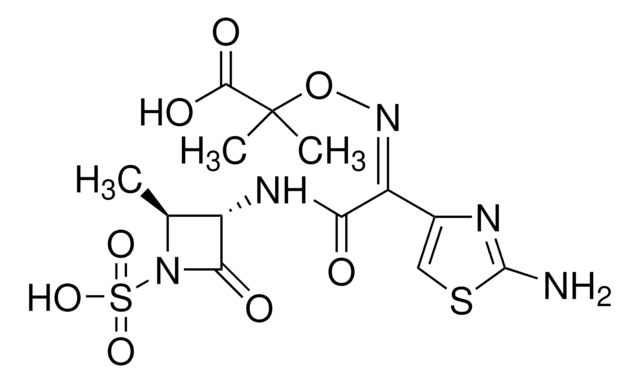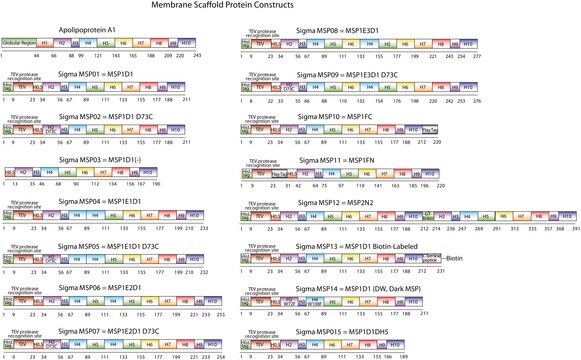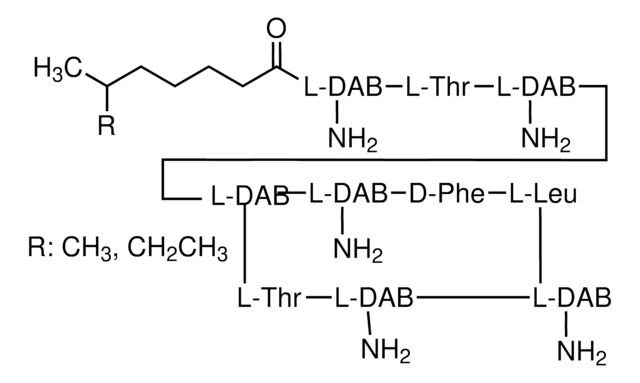B0184
Bacteriorhodopsin from Halobacterium salinarum
native sequence, lyophilized powder
Sinónimos:
BR from H. salinarum, Bacterioopsin, Bacteriorhodopsin from Halobacterium halobium
About This Item
Productos recomendados
biological source
Halobacterium salinarium
Quality Level
form
lyophilized powder
technique(s)
ligand binding assay: suitable
mass spectrometry (MS): suitable
UniProt accession no.
storage temp.
2-8°C
Gene Information
Halobacterium salinarium ... OE_RS05715(5953595) , VNG_RS05715(144807)
¿Está buscando productos similares? Visita Guía de comparación de productos
General description
Application
- in generation of droplet lipid bilayer
- as a standard in quadrupole time-of-flight (QTOF) mass spectroscopy (MS)
- in the generation of protein-detergent complex and micelles for dynamic light scattering studies
Biochem/physiol Actions
Preparation Note
Storage Class
11 - Combustible Solids
wgk_germany
WGK 3
flash_point_f
Not applicable
flash_point_c
Not applicable
ppe
Eyeshields, Gloves, type N95 (US)
Elija entre una de las versiones más recientes:
¿Ya tiene este producto?
Encuentre la documentación para los productos que ha comprado recientemente en la Biblioteca de documentos.
Nuestro equipo de científicos tiene experiencia en todas las áreas de investigación: Ciencias de la vida, Ciencia de los materiales, Síntesis química, Cromatografía, Analítica y muchas otras.
Póngase en contacto con el Servicio técnico




